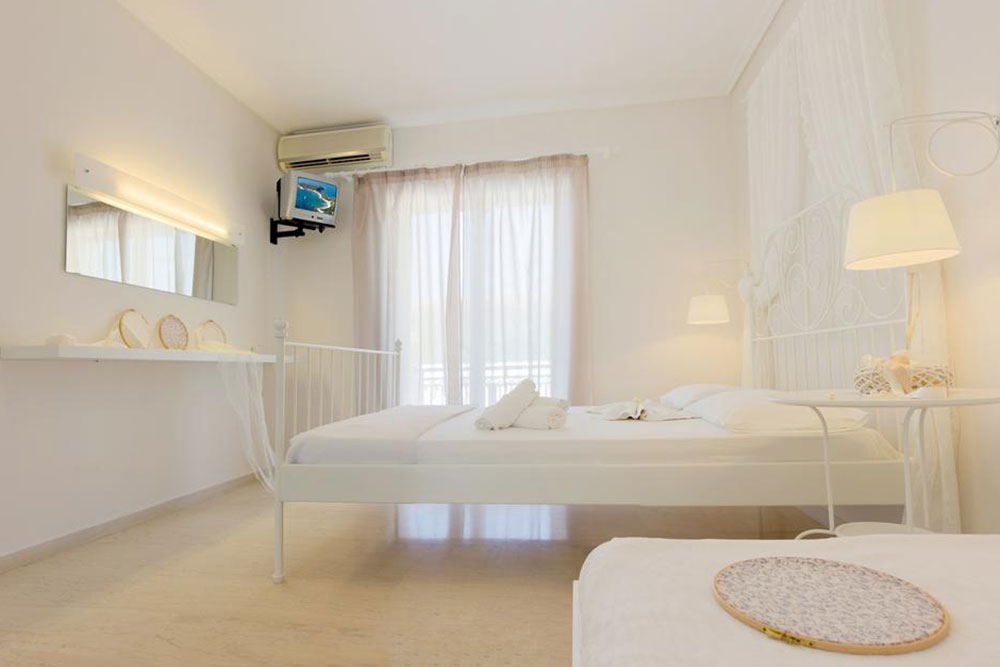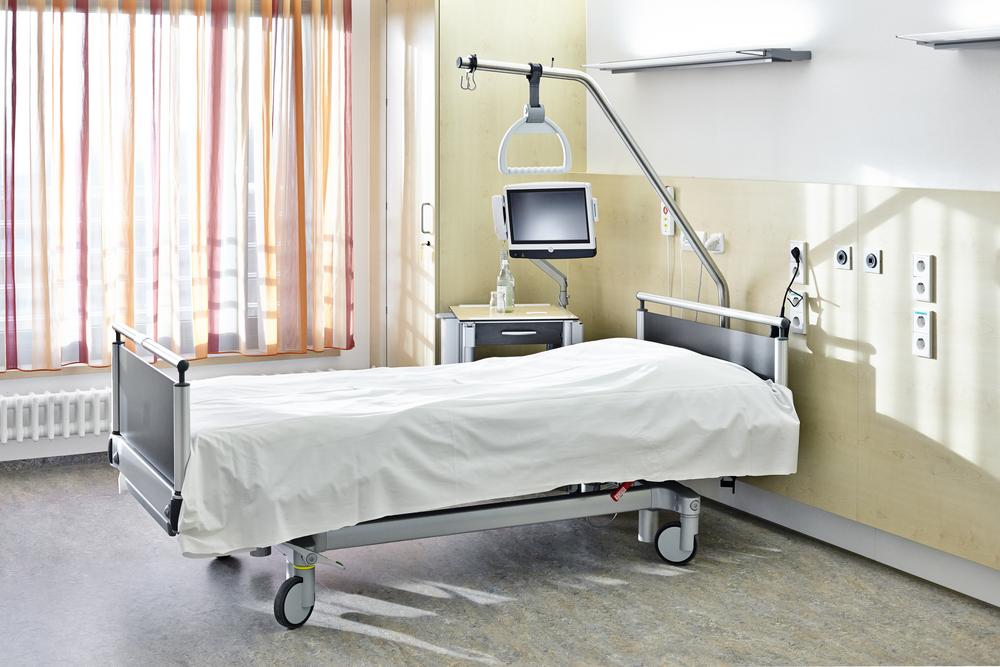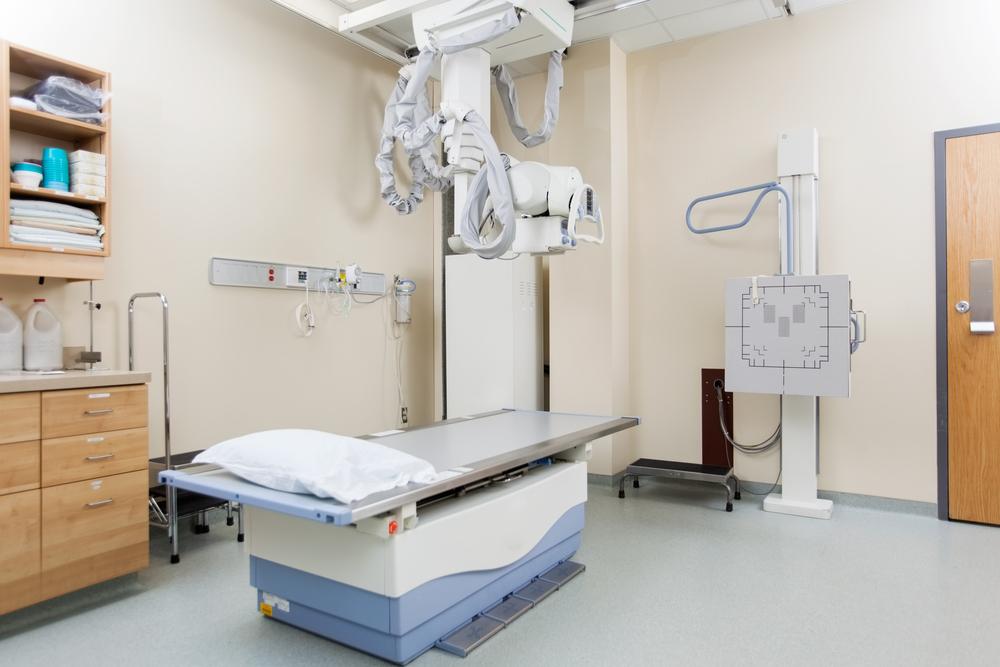Comprehensive Guide to Hospital Bed Pricing and Selection for Home Care
This comprehensive guide offers detailed insights into hospital bed pricing, types, features, and selection tips for home care. Understanding cost factors and choosing the right bed can significantly improve comfort, safety, and recovery outcomes. Whether for basic needs or advanced functionalities, this article helps you make informed decisions tailored to your medical and budget considerations.

Comprehensive Guide to Hospital Bed Pricing and Selection for Home Care
Choosing the right hospital bed for home use is a crucial step in ensuring comfort, safety, and effective recovery during illness or post-surgical care. The variety of hospital beds available on the market varies widely in features, price, and functionality, making it essential to understand the factors influencing costs and how to select the most suitable option for your specific needs. This extensive guide provides insights into different types of hospital beds, their typical price ranges, features, and tips to help you make an informed decision that balances quality, comfort, and budget considerations.
Understanding Home Hospital Bed Price Ranges:
Hospital beds designed for home care come in a wide array of models, each tailored to different medical needs and budgets. Prices can vary based on technology, size, features, and brand reputation. Below is a detailed overview of typical price ranges for various types of hospital beds suitable for home environments:
Manual hospital beds: These are the most affordable options, designed for basic use, typically priced between $500 and $2,000. They operate via hand cranks, allowing users or caregivers to manually adjust head, foot, and sometimes height positions. Manual beds are ideal for those with straightforward needs and limited budgets, but they lack advanced features or remote control capabilities.
Semi-electric hospital beds: Slightly more advanced than manual beds, semi-electric models range from $800 to $2,500. They feature electric head and foot adjustments controlled via simple switches or buttons, but may require manual adjustment for height changes. These beds strike a good balance between affordability and functionality, making them popular among home caregivers.
Full-electric hospital beds: These offer maximum convenience with electric controls for head, foot, and height adjustments, falling within the $1,000 to $5,000 price range. They cater to users with limited mobility, providing ease of use and customizable positioning, which is vital for comfort and therapeutic needs.
Price Range for Adjustable Hospital Beds:
The complexity of adjustment features influences overall pricing. More advanced beds with additional features command higher prices:
Basic adjustable beds: Equipped with simple adjustment options, these beds usually cost between $400 and $2,500. They are suitable for patients who need minimal repositioning and support.
Premium adjustable beds: These include luxurious features such as massage functions, USB charging ports, integrated remote controls, and programmable settings. Prices typically range from $2,000 to $5,000, offering enhanced comfort and convenience for long-term users.
Remote-controlled hospital beds:
These beds greatly enhance accessibility and ease of use. Prices vary depending on features and sophistication:
Standard remote beds: With basic remote operation capabilities, these beds are priced around $1,000 to $3,000.
Advanced remote beds: Featuring programmable settings, memory functions, and connectivity options, these beds can cost from $2,500 up to $6,000, offering premium control and customization for patient comfort.
Factors Affecting Hospital Bed Pricing:
Several elements influence the final cost of a hospital bed, including:
Type of bed: Manual, semi-electric, or fully electric models, with electric options generally being more expensive.
Adjustability and extra features: Beds with multiple adjustment options, massage functions, USB ports, or remote controls tend to have higher prices.
Brand reputation: Well-known and trusted brands usually carry a premium due to perceived quality and reliability.
Size and specifications: Larger beds or specialized designs for bariatric or pediatric use can incur additional costs.
How to Choose the Ideal Hospital Bed for Your Needs:
Selecting the right hospital bed involves understanding your specific medical requirements, comfort preferences, and budget constraints. The following tips can help guide your decision:
Consult healthcare professionals: Always seek medical advice to identify the features and specifications needed for optimal support and safety.
Understand the options: Learn the differences between manual, semi-electric, and full-electric beds and assess which type aligns with your mobility level and care needs.
Prioritize adjustability features: Consider beds with adjustable head, foot, and height functions to improve comfort and ease of transfer.
Evaluate additional functionalities: Decide if features such as massage, USB charging, or remote controls are necessary for your daily comfort.
Set a realistic budget: Determine your spending limit before shopping to filter options efficiently and avoid overspending.
Choose the right mattress: Ensure the mattress provides proper support and pressure relief, which is essential for comfort and skin health.
Accessibility considerations: For users with limited mobility, select beds with user-friendly controls and height adjustments to facilitate transfers and safety.
Focus on quality and durability: Look for sturdy construction and durable materials to ensure longevity and reliable performance over time.
Review warranties and customer support: A comprehensive warranty and dedicated support can provide peace of mind and aid in maintenance or repairs.
Seek professional advice: Engage with medical equipment suppliers or specialists to obtain tailored recommendations based on your health status and environment.
In conclusion, selecting the right hospital bed for home care requires careful consideration of your medical needs, comfort preferences, and budget. By understanding the different types and features, evaluating your specific requirements, and seeking professional guidance, you can find a bed that enhances your quality of life, promotes effective recovery, and ensures safety and comfort throughout your healing process.





